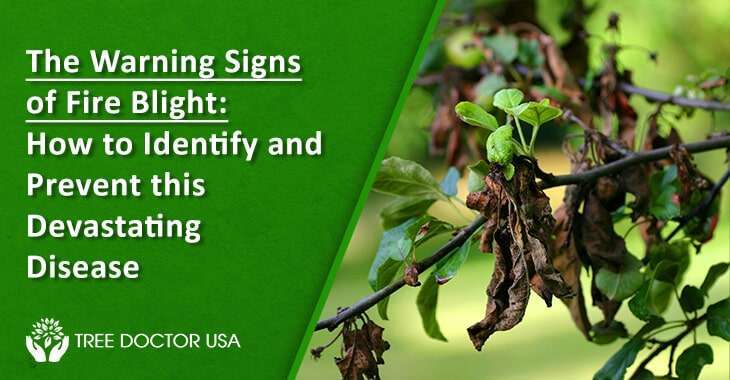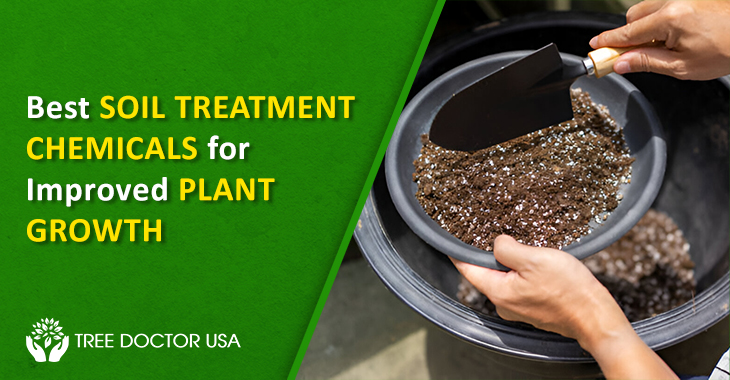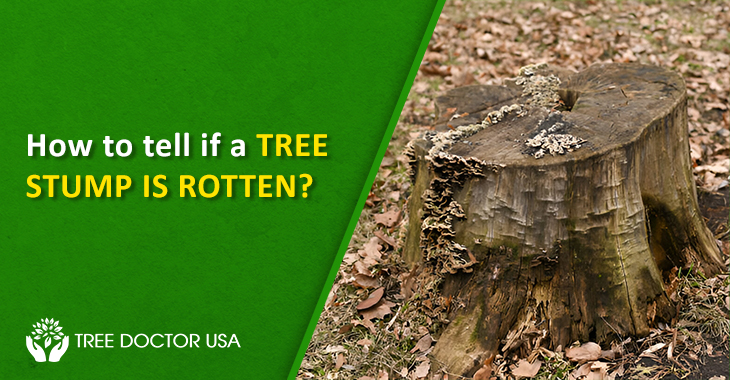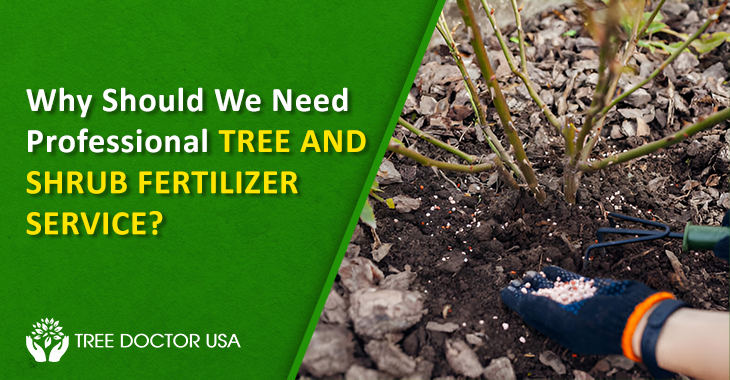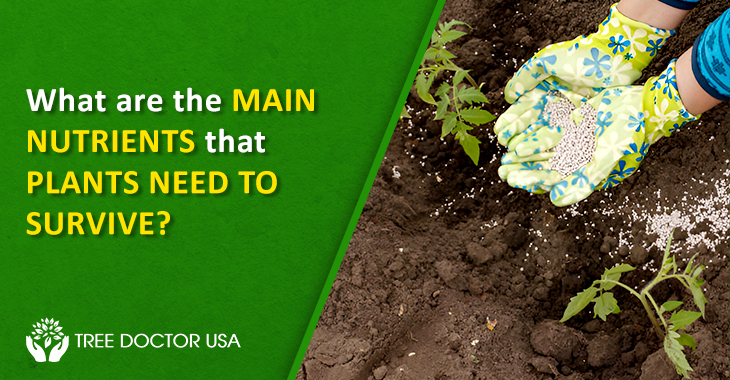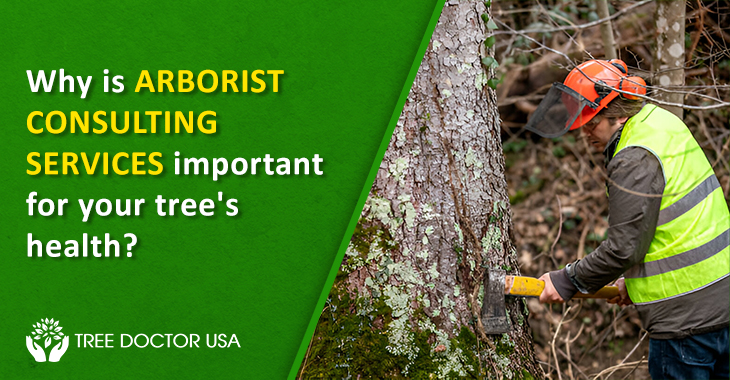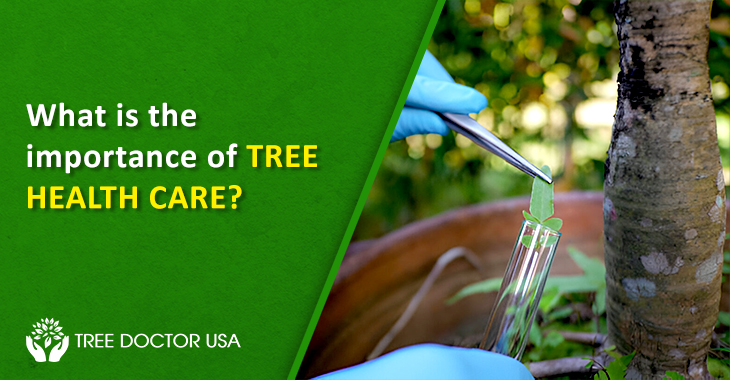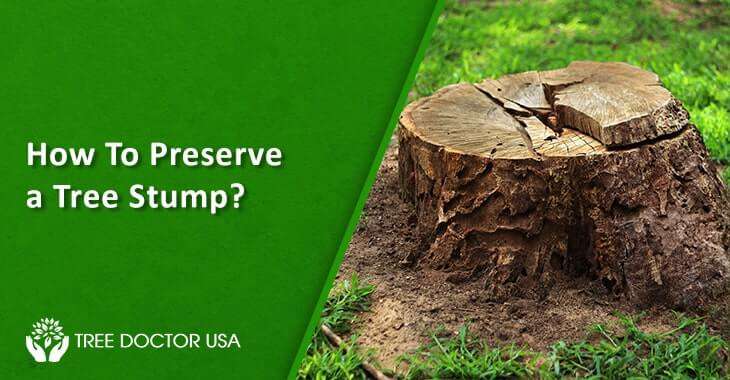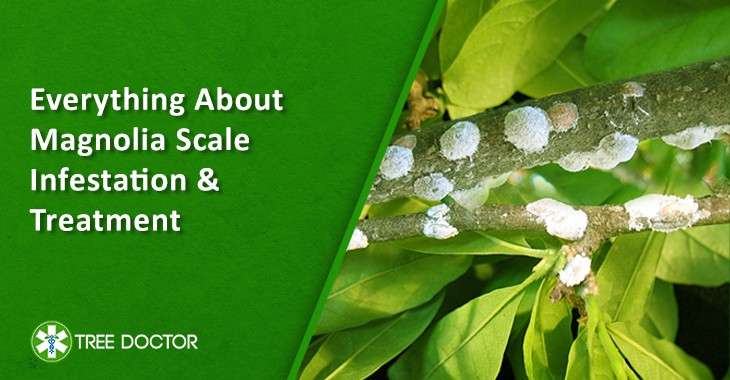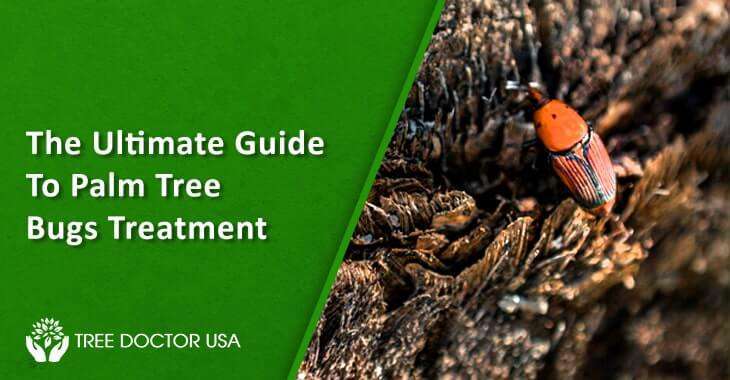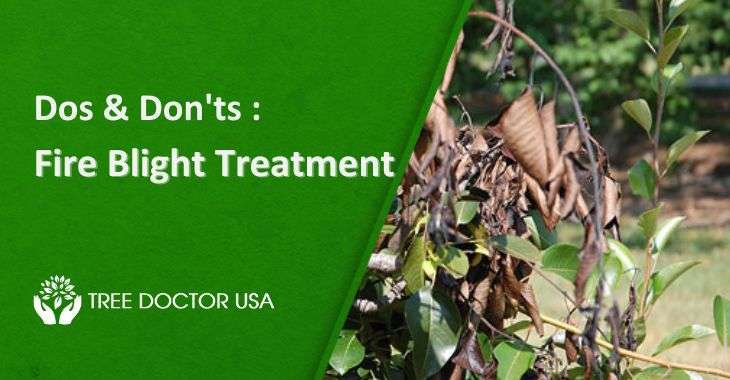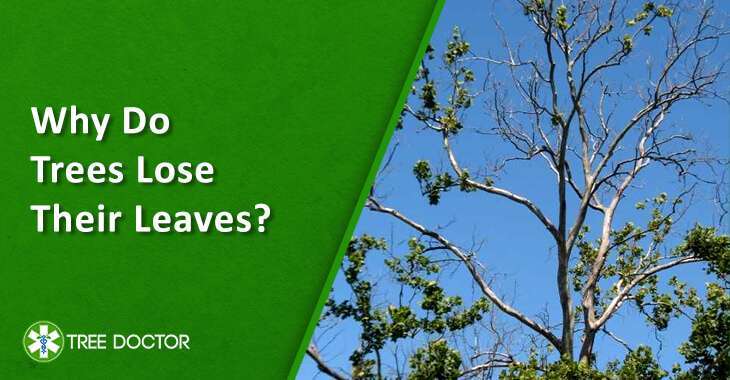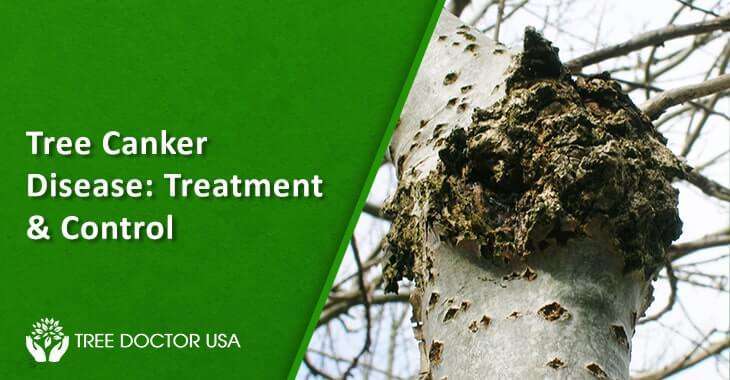The Warning Signs of Fire Blight: How to Identify and Prevent this Devastating Disease
What would be the primary threat to the survival of your trees or plants? Climate change? Deforestation? How about disease?
Many of us are unaware that trees also get sick or infected with deadly pests or diseases. These diseases and pest infestation are the biggest dangers to the survival of our best-loved trees. Disease like fire blight is on the rise in spring since the tree growth becomes active, its symptoms appear on the branch and cankers. A tree disease indicates deviation owing to the persistent agent; therefore, it is essential to learn more about the warning signs of fire blight and fire blight disease treatment.
What Is Fire Blight Disease?
Fire Blight is a highly harmful and contagious disease. Bacterium Erwinia amylovora causes fire blight disease. Fire blight is a significant problem in the USA and is particularly prevalent in many countries. It primarily attacks blossoms, branches, leaves, fruits, shoots, and roots.
Host:
Fire blight is one of the most destructive and tough-to-control diseases. This disease affects the plant in the Rosaceae Family that covers landscape planting, orchards, apples, pears, crabapples, etc. The other host plants include blackberry mountain ash, cotoneaster, hawthorn, flowering quince, raspberry, and blackberry.
How To Spot The Warning Signs Of Fire Blight Disease?
Flower Symptoms:
- Most flowers appear water soaked. It slowly wilts and dries up while turning black or brown.
- Through the growing season, brown or black flowers remain attacked.
- In relatively cool temprature, flower infections are rare during the blooming season of trees and shrubs.
Leaf Symptoms:
- Contaminated leaves and shoots turn and start wilting, and it forms a typical hook.
- Trees with infected shoots appear scorched by fire.
- Mostly brown leaves hands downwards. Through the growing season, it clings to the blighted twig and remains attached to the tree during the winter.
Fruit Symptoms:
- Infected fruit turns dark and decays with time.
- Dried fruit me stick to the branch for a few months.
Bark Symptoms:
- Sunken or dark bark or maybe peeling or cracked bark appears on the branch or trunk.
- You can see the sapwood stain if the bark is peeled back.
- After the rain or during the humid weather, you can see light yellow-colored cream droplets oozing from the infected branches, shoots, or fruit.
Environmental Conditions That Triggers Fire Blight
Fire blight causes significant damage during warm weather conditions like spring, summer, and humid or rainy weather. Humidity above 60% and temperatures around 75 to 82 F allows bacteria to reproduce and spread.
Fire blight outbreaks occur after hailstorms, strong winds, or heavy rain. Such a situation can damage your trees and wounds them, wherein the bacteria can enter and thrive. Therefore, availing of tree disease Control services becomes essential.
How Does Fire Blight Spread & Survive?
- During the winter, fire blight bacteria can easily survive on the trunk or branches.
- During weather conditions like warm or wet, bacteria begin to reproduce. Through the trees’ natural openings or cracks, bacteria seep out as a sticky or sweet liquid. It is also known as bacterial ooze.
- Because of the sweetness, insects such as pollinators draw towards it and carry the bacteria to flowers and wounds.
- Wounds and natural openings are ideal places for bacteria to survive and spread.
- Most infections begin when growing bacteria enter the flower through the natural opening.
- Little wounds created by insects feeding, wind whips of branches, and sand blizzards infect the young shoots.
- Bacteria also spread to other plants by irrigation, hands, tools, or splashing water from rain.
- Without causing any noticeable symptoms, fire blight bacteria continue to multiply on the surfaces of leaves, twigs, flowers, and immature fruits.
- Bacteria can easily move into the branch through trees’ vascular system once they infect blossoms or shoot.
- Bacteria move into the branches creating new branch cankers.
- In highly infected trees, the bacteria can move into the trunk and roots, causing tree death.
Fire Blight Life Cycle:
Through natural openings, flowers, or wounds, trees get infected with the fire blight. After establishing there, they quickly reproduce and start invading the older growth.
This disease can be spread to healthy trees via rain, pruning tools, or wind. Its bacteria can survive into infected branches or sunken cankers. During spring, fire blight becomes visible since a liquid oozes from cankers, attracting insects and bees.
These insects and bees also spread the disease to other healthy trees. In warm temperatures and humid weather, fire blight bacteria spreads quickly via plant tissue.
Fire Blight Disease Management:
Cultivars:
You must ensure to choose the resistant cultivar for controlling the fire blight disease. Particularly for apples, you can choose red or golden delicious since they are reasonably resistant to fire blight disease.
There are limited choices for pears because superior horticulture traits are tough to merge with a higher level of disease resistance. In recent years, fire blight has become the most common disease in apples, as the scope of cultivars grown commercially and become more vulnerable to the disease.
Eliminating Overwintering Inoculum
Attentive sanitization is essential while removal of expanding and overwintering cankers to manage the fire blight in vulnerable cultivars. You can accomplish the removal of overwintering cankers by inspecting and pruning trees during the winter.
Also Read: The Dos and Don’ts of Fire Blight Treatment: Expert Tips for Success
Blossom Blight Prevention
For managing the fire blight disease, it is essential to prevent blossom infections. The infection that began in flowers is destructive since the pathogen cells originated from the floral infections, giving much more favorable conditions for the second phase of the disease.
Timely management actions repress the blossom blight that targets the floral epiphytic phase. Particularly in commercial Orchards, bactericides such as streptomycin, kasugamycin, or oxytetracycline have effectively suppressed the blossom infection.
Mid-Season Suppression Of Established Infections
You can easily control the established fire blight infection in summer by pruning. You need to make cuts 20 to 30 cm below the visible end of the expanding bumps. You need to disinfect the pruning tools with an alcohol solution or bleach to prevent disease transmission. You need to refrain from irrigating, applying nitrogen fertilization, and cultivating. It reduces bacterial movement and minimizes secondary infection chances.
Fire Blight Disease Treatment:
- Whenever possible, ensure you select the resistant varieties.
- Avoid excessive pruning and nitrogen fertilizer application since it encourages new growth.
- Do not plant near the apple, pear, or hawthorn.
- Once you spot the fire blight infection, prune off the infected branches to 1 foot below the diseased sections. Burn it to prevent further transmission.
- Apply alcohol or bleach solution on the cut parts to prevent the spread to other branches.
- Against infected plants, early application of liquid copper is beneficial.
- Bactericide should be sprayed at the beginning of the bloom period and at regular intervals of five to seven days afterward.
Conclusion:
Every tree and plant experience dozens of diseases unique to each species. Some of the diseased trees or plants need immediate attention, and others have no cure at all and it eventually dies. For fire blight disease control starts with through monitoring, irrespective of its harm and severity. You can seek professional assistance from Tree Doctor USA to assess the damage scope, track the disease development, and determine the proper fire blight disease treatment.

